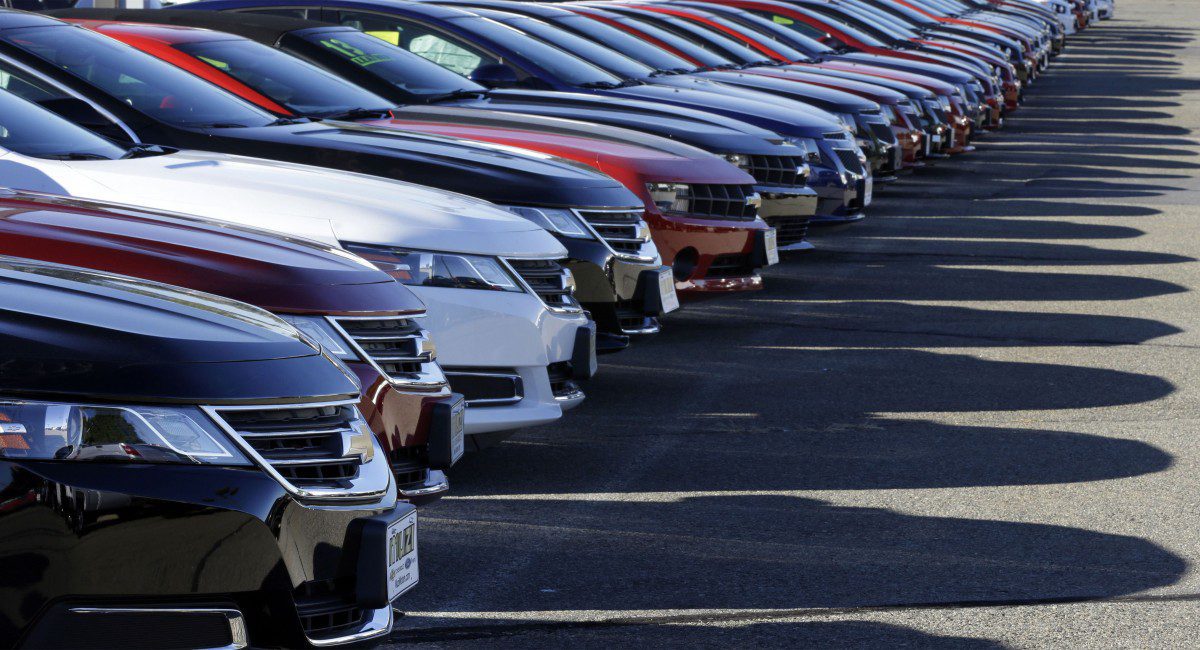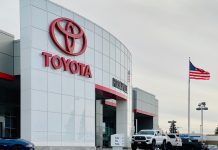As the saying goes, “all good things must come to an end.” The early-to-mid-year lift in auto sales hit a snag in July. Compared to the same time last year, July saw a 3.7 decline in auto sales. Sales are still in route to meet the projected 16.7 million units sold, but July did make the ride a bit bumpier. Most carmakers saw declines in vehicles sold except for a surprisingly solid three. So, let’s dive into July’s numbers and trends.
Those Who Have Seen Better Times
The carmakers who saw a decrease in their sales were in good company. Ford and General Motors saw declines of 3.3 and three percent (estimated) respectively. Honda, Hyundai, and Nissan saw dips of 8.2, 5.1, and 15.2 percent respectively. Typically reliable Toyota even saw declines at six percent. Many of these brands depend heavily on small and mid-sized vehicles. Some do have larger trucks and SUVs, but smaller cars round out the inventory. To bring the point home further, Honda experienced a significant decrease in units sold for the Acura and Honda at 6.6 and 8.2 percent.
Those Who Continue to Defy Expectations
While many languished in July, some manufacturers were able to rise above the fray and continue to see gains. Fiat saw increases of almost six percent, while Volvo experienced a whopping eight percent increase in sales compared to last year. This is likely due in part to the success of the VW with a boost of 12.7 percent. However, the story continues to center on Subaru. With an increase of 6.7 percent, the brand has enjoyed almost 80 consecutive months of yearly month-over-month growth. The new 3-row Ascent SUV and Crosstrek will likely be a part of the driving force for propelling Subaru for the rest of 2018.
Automakers Were Cautious This Month
Cautious and conservative will likely become the new buzzwords to categorize the rest of 2018 for automakers. Many changes have come that significantly alter the way dealers will sell and interact with customers. Some saw the decrease of July coming and toned down their inventory offerings. This also impacted the incentives and discounts offered to customers. Compared to last year, Ford executives noted that average incentives per vehicle dropped $230. Automakers are making an effort to try to find where to make up the difference. So, it was no surprise that lean inventories and a decline in incentives defined July for consumers.
Interest Rates and Prices Continue to Rise
Zero-finance deals have peaked, and the industry is also experiencing an increase in transaction prices. These costs are being transferred to the customer. This event is also having a considerable impact on sales. According to Cox Automotive, transaction prices rose 3 percent to finish at $35,359. July 2018 interest rates are 5.74 percent, a stark increase when compared to the 4.77 percent rate of July 2017. This coupled with the effect of the recent tax changes is likely causing customers to sit out for July. As 2018 continues, the resulting impact of these factors will shape the rest of the year.
Constant Factors
While 2018 has brought with it new variable economic scenarios, some things have remained constant since the previous year. The last half of 2017 saw the rise of SUVs and Crossover vehicles. As we roll into the last half of 2018, this trend has still held constant. Brands that have embraced larger vehicles (Subaru, Fiat, Volvo, and Ford) are seeing better numbers throughout the year. Even in the face of higher transaction costs and interest rates, consumers are still gravitating to bigger cars. Also, consumers are bringing their gently-used vehicles back into the market. So, carmakers will have to figure out clever ways to compete against themselves as this year comes to a close.
Final Thoughts
The first half of 2018 defied expectations which makes July’s sales a more natural event to accept. The gains of the first six months have put 2018 on track to still meet the almost 17-million-unit goal. However, we still have a lot of 2018 left. If interest rates and transaction prices continue to increase while incentives dive, 17 million might be more elusive than previously thought.
Sources: The Detroit Bureau, Automotive News, Business Insider








